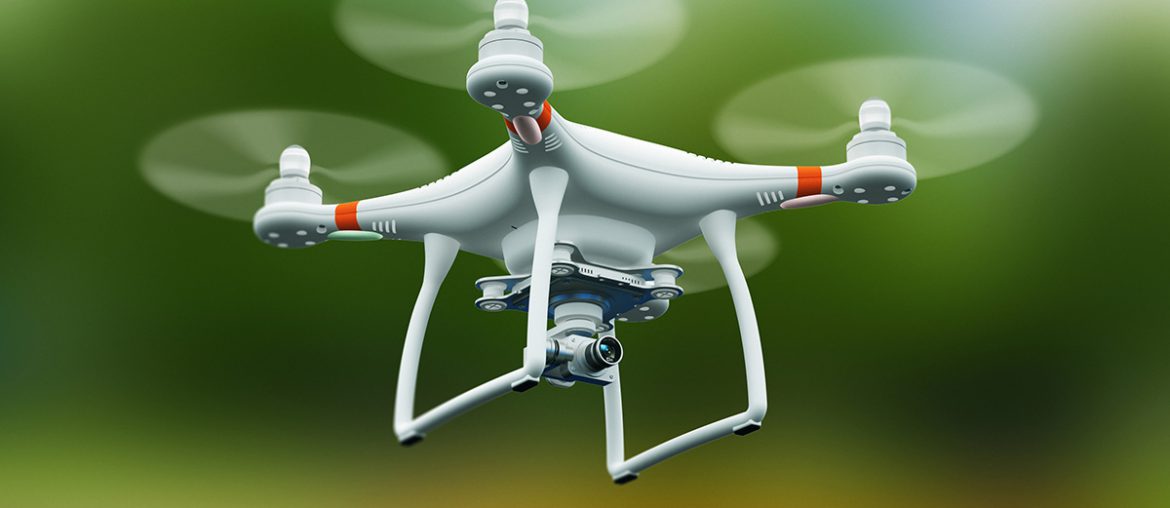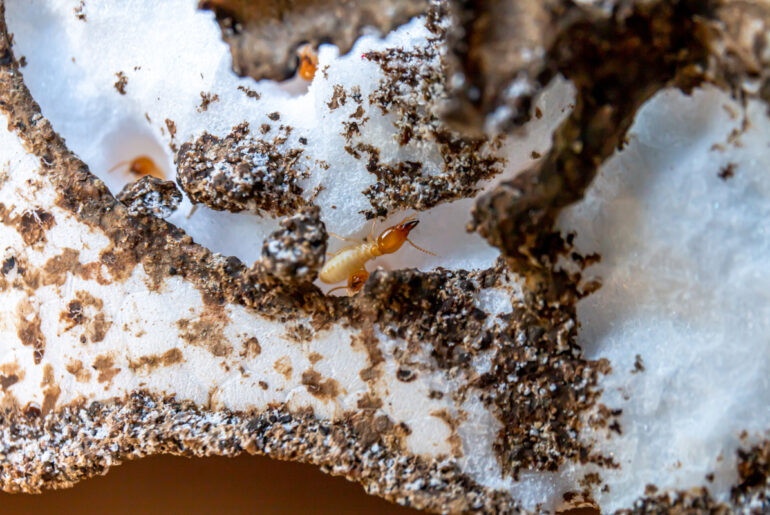It seems like nearly every day there is a new smartphone, gadget, car, or computer. While the act of constantly keeping up with all of these technological advancements can be intimidating and frustrating at times, these tools are ultimately designed to make our daily lives better.
On a business level, forward-looking technologies can add a new dimension to how you manage and operate your pest control company. See below how these technologies have the potential to transform the world of pest control.
AI assistance
Artificial intelligence, or AI, is nearly everywhere. AI can be described as “any task performed by a program or a machine that, if a human carried out the same activity, we would say the human had to apply intelligence to accomplish the task.” From online purchase recommendations to credit card fraud detection, AI covers it all – even within the pest management industry.
One of the most effective AI tools that your business could profit from is route optimization. This method proves especially fruitful for pest control businesses by simplifying the routing process based on data that has been collected, resulting in countless hours saved, while also allowing for plans to be easily modified based on real-time data. Additionally, route optimization tools allow pest control companies to define routing constraints based on customer requests and job requirements and effectively plan around them. Businesses will not only see more efficient routes, balanced schedules, and more on-time arrivals, but they will also be able to meet and exceed their customers’ demands.
Deploy the drones
From recreational to professional use, drones have been seen almost everywhere – and the market is reflecting such, with the sales of these devices projected to exceed $17 billion by 2024.
An increasing number of pest management professionals are relying on drones to perform a variety of tasks; from carrying out safer inspections without the danger of ladders to administering pest management services.
While some drones can boast sky-high prices (some of the more specialized drones can run upwards of $20,000), and depending on the certifications and licenses that you would need to acquire depending on where you operate, drones almost pay for themselves through two key benefits: safety and efficiency.
From a safety aspect, you would be able to either treat or collect information without the added risk of injury to your technicians. For instance, when gathering data on an active beehive your technician would be able to identify where and how large the hive is without the added danger of getting too close and potentially being swarmed by bees.
When it comes to efficiency, drones check nearly all of the boxes. With their aerial advantage, these devices are able to cover vast amounts of area quickly; all while recording the journey for review later on. Plus, with the cost of labor steadily increasing you are able to make a one-time investment to maximize your current workforce’s productivity without immediately having to invest in more technicians to meet the growing demand.
And these benefits are only the beginning of drone use across the pest control landscape. “The use of drones is really on the cusp of expanding,” said Judy Black, BCE, vice president of technical services at Rentokil Steritech, in an interview with PMP Magazine. While Black notes that Rentokil is not currently using drones in North America, she references an innovative use of the devices in Brazil where a drone equipped with a thermal imaging camera was used to identify a mouse infestation in a field for a client.
As the innovation continues to grow in terms of drone capabilities in the pest management field, it’s safe to project that more businesses will start to deploy drone services to aid and potentially attract even more customers.
Take the virtual approach to training
Virtual reality (VR) and augmented reality (AR) also carry tremendous potential for the pest control industry, particularly when it comes to technician training.
Unlike prior instruction methods, VR technology fully immerses your technicians into an environment, while AR allows trainers to customize the lesson by inserting vertical cues, text, objects, situational modifications, etc.
However, while the VR and AR benefits of allowing hands-on experience for your technicians prove impressive, the timing aspect that these devices allow is the true advantage. During your pest management business’ off-season, these devices can allow you to capitalize on that slower pace to bring your technicians up-to-date on any training and certifications; as opposed to having to carve out time for your employees to complete such training during your busy season, where time is better spent out in the field servicing customers. Additionally, if there is any outdoor field training that needs to take place on a specific date, VR and AR save you time by eliminating the need to reschedule if there is inclement weather.
In order to deploy this type of training, a headset is critical. Fortunately, there are several options readily available on the market, from standard headsets (which can run from $3,500 to $500) to smartphone apps (which can cost about $35). While the costs of these VR/AR devices can vary depending on customization and project scope, it actually proves a more cost-effective option when compared to the amount of money some firms spend on e-learning licensing and consent, according to Design Interactive’s Director of Consumer Experience Matthew Johnston.
With all of the exciting technological changes taking place today, it only makes sense to start thinking about how to embrace and apply these efficiency-purposed technologies to your pest control business. With AI tools able to maximize your business management and strategy efforts, drones increasing efficiency and safety for your technicians in the field, and virtual capabilities maximizing your time and empowering your employees, your pest control operation can streamline operations while simultaneously delivering a greater value to your customers.




